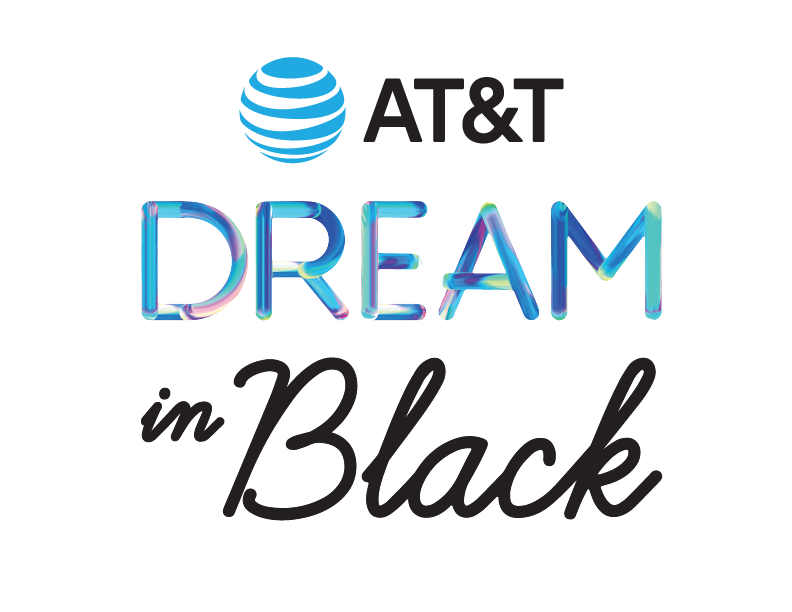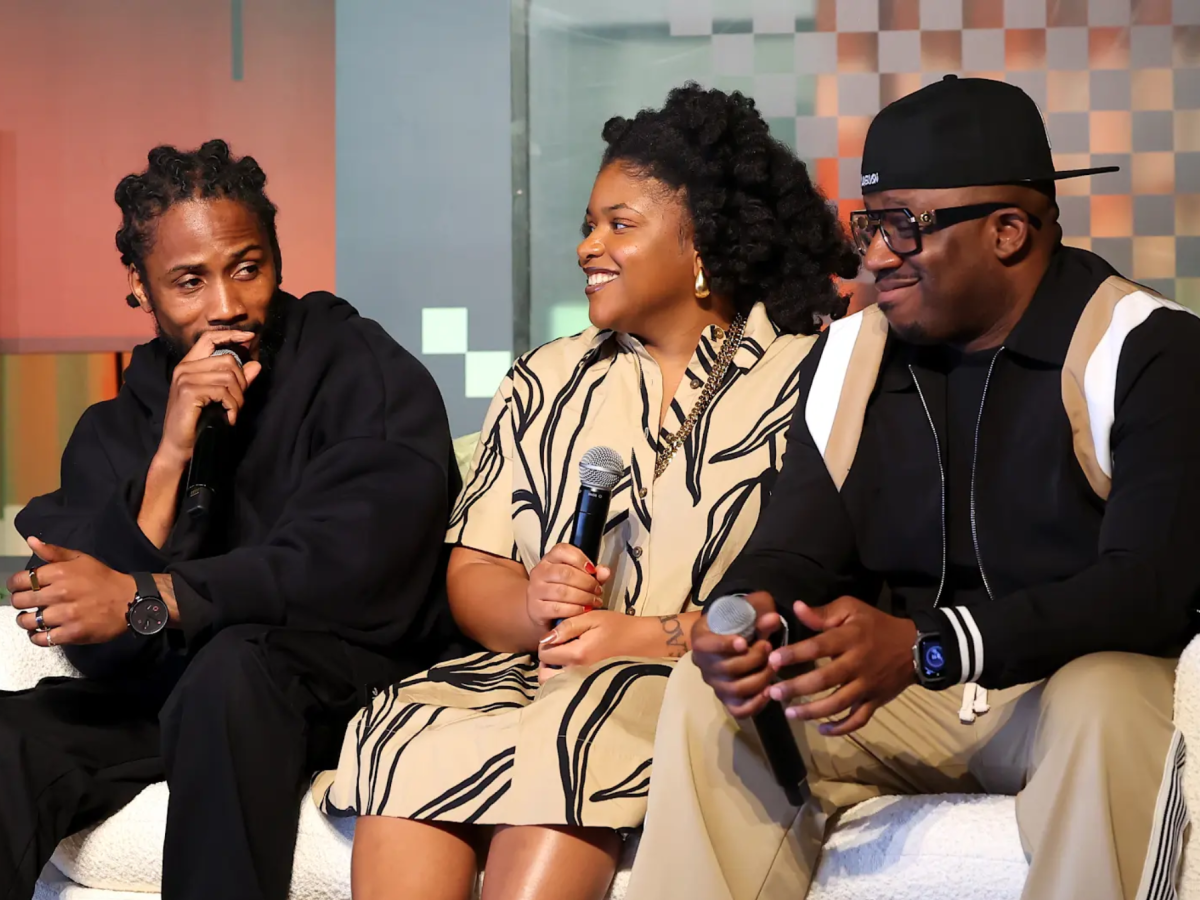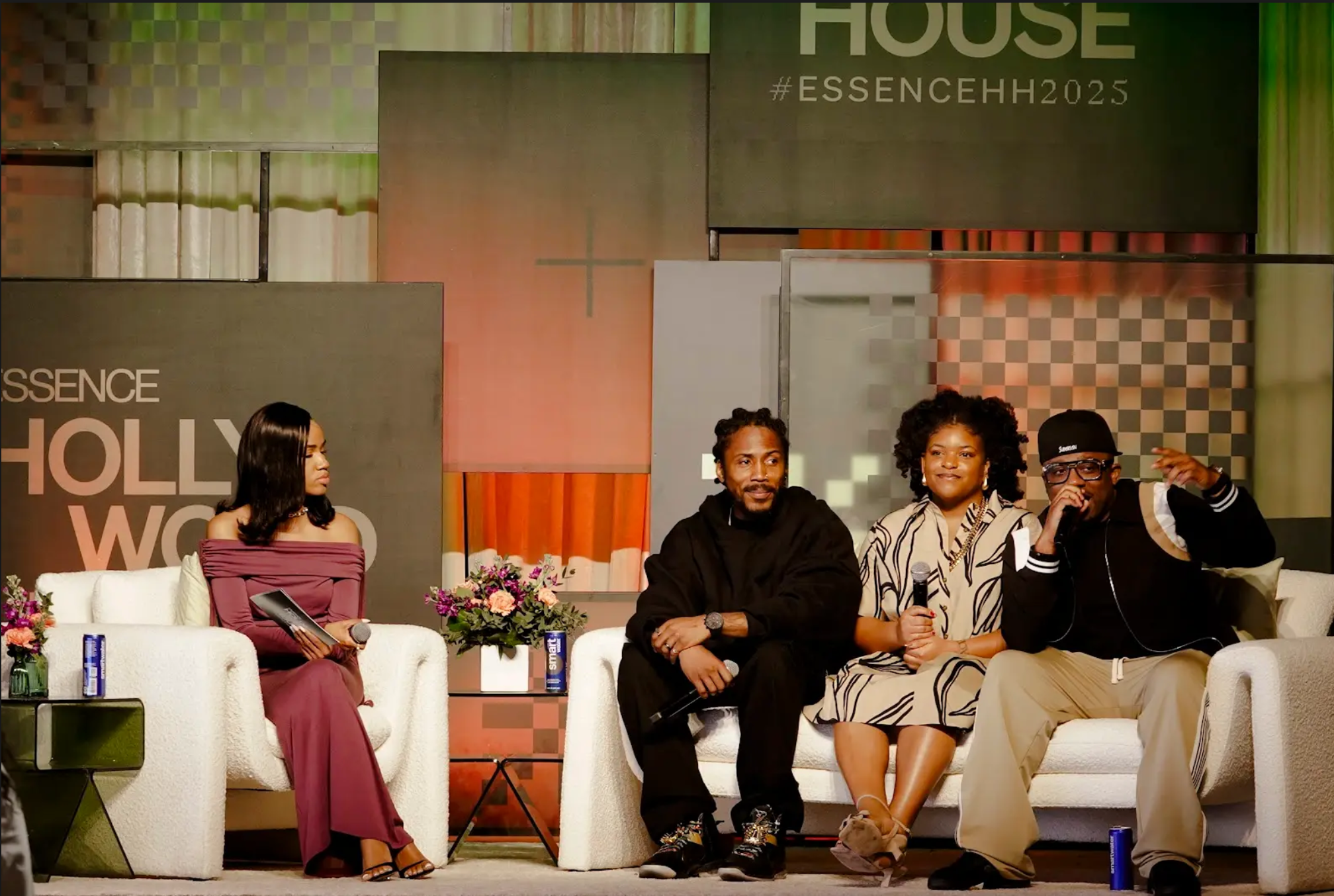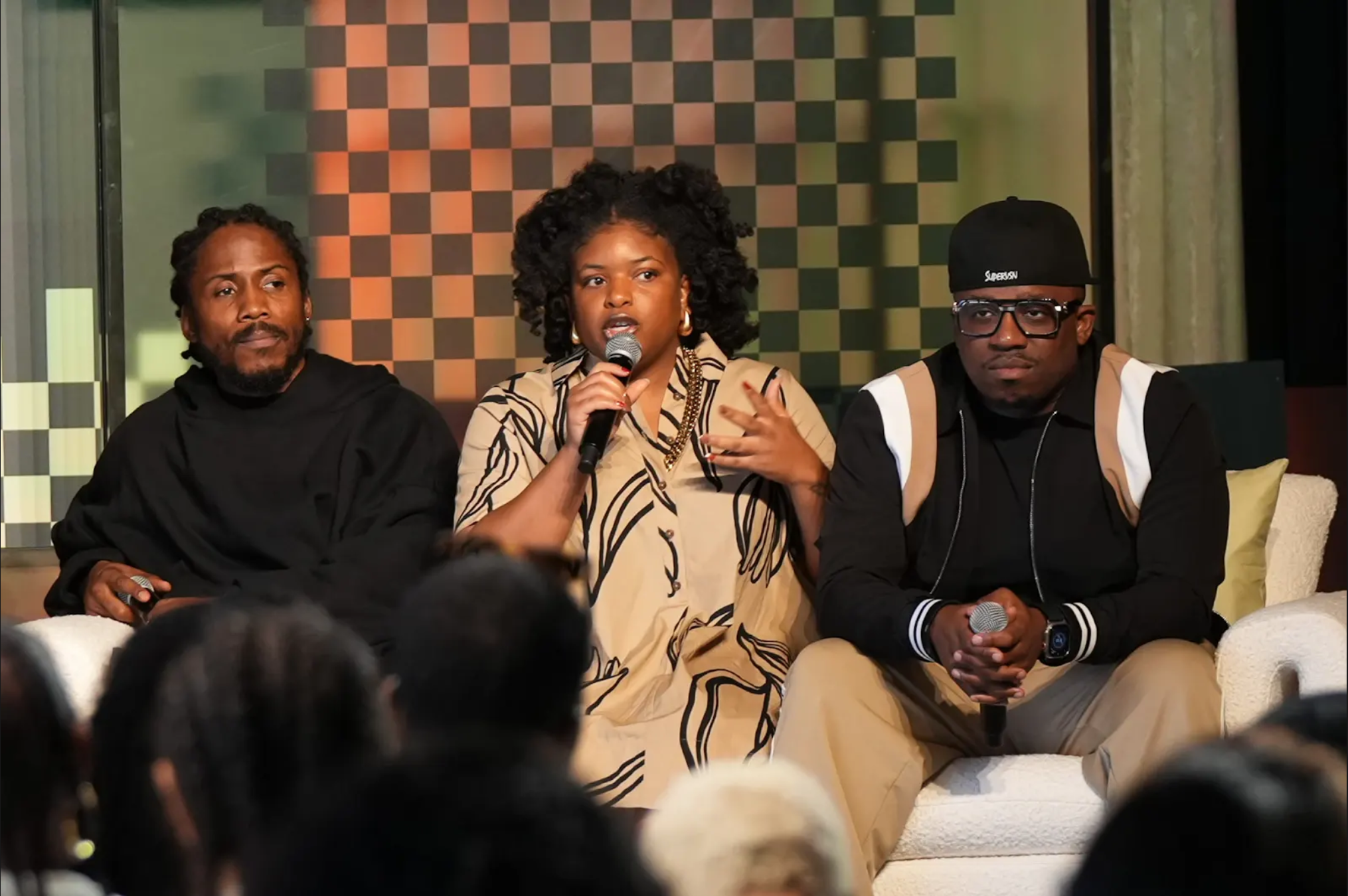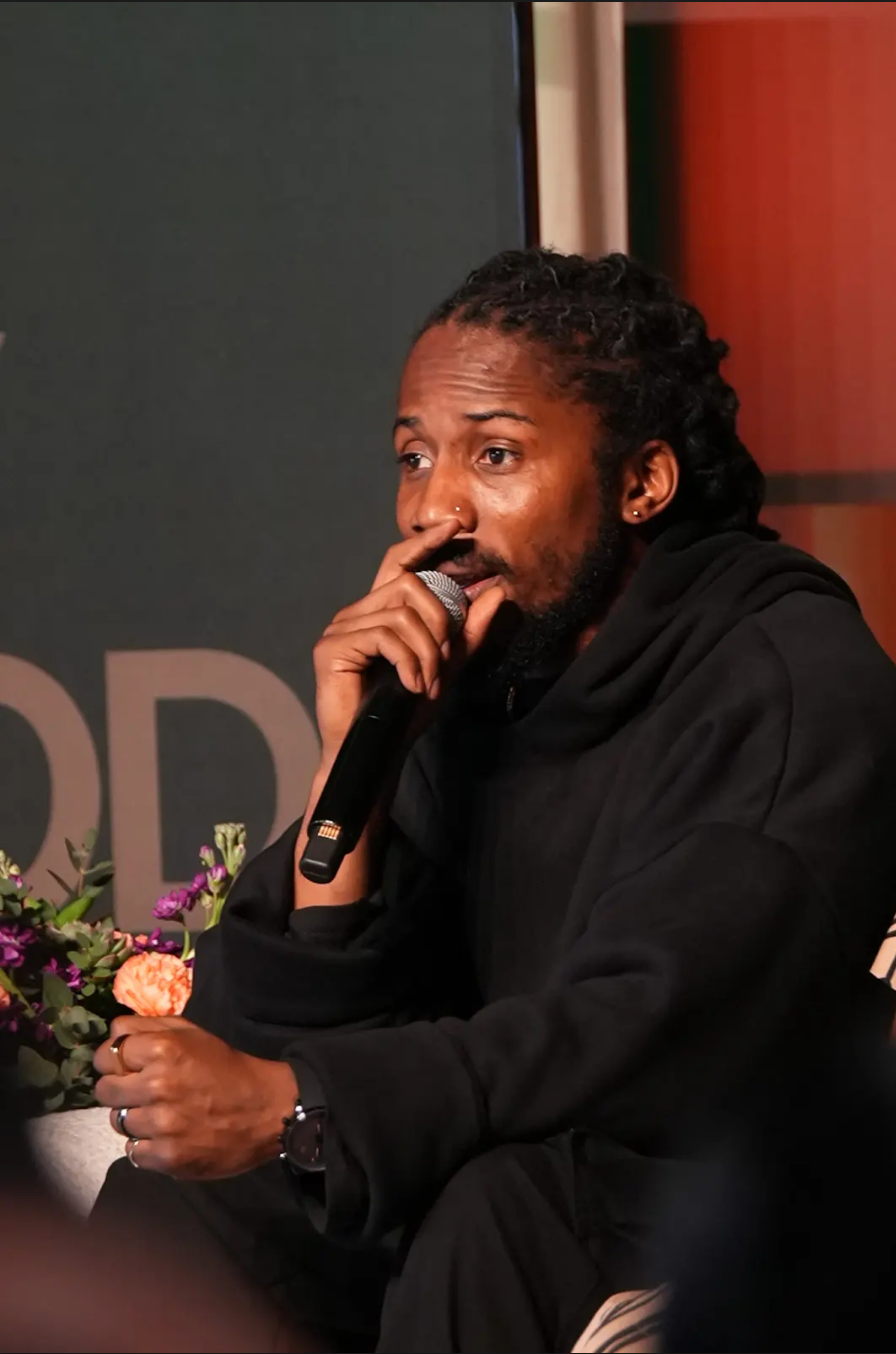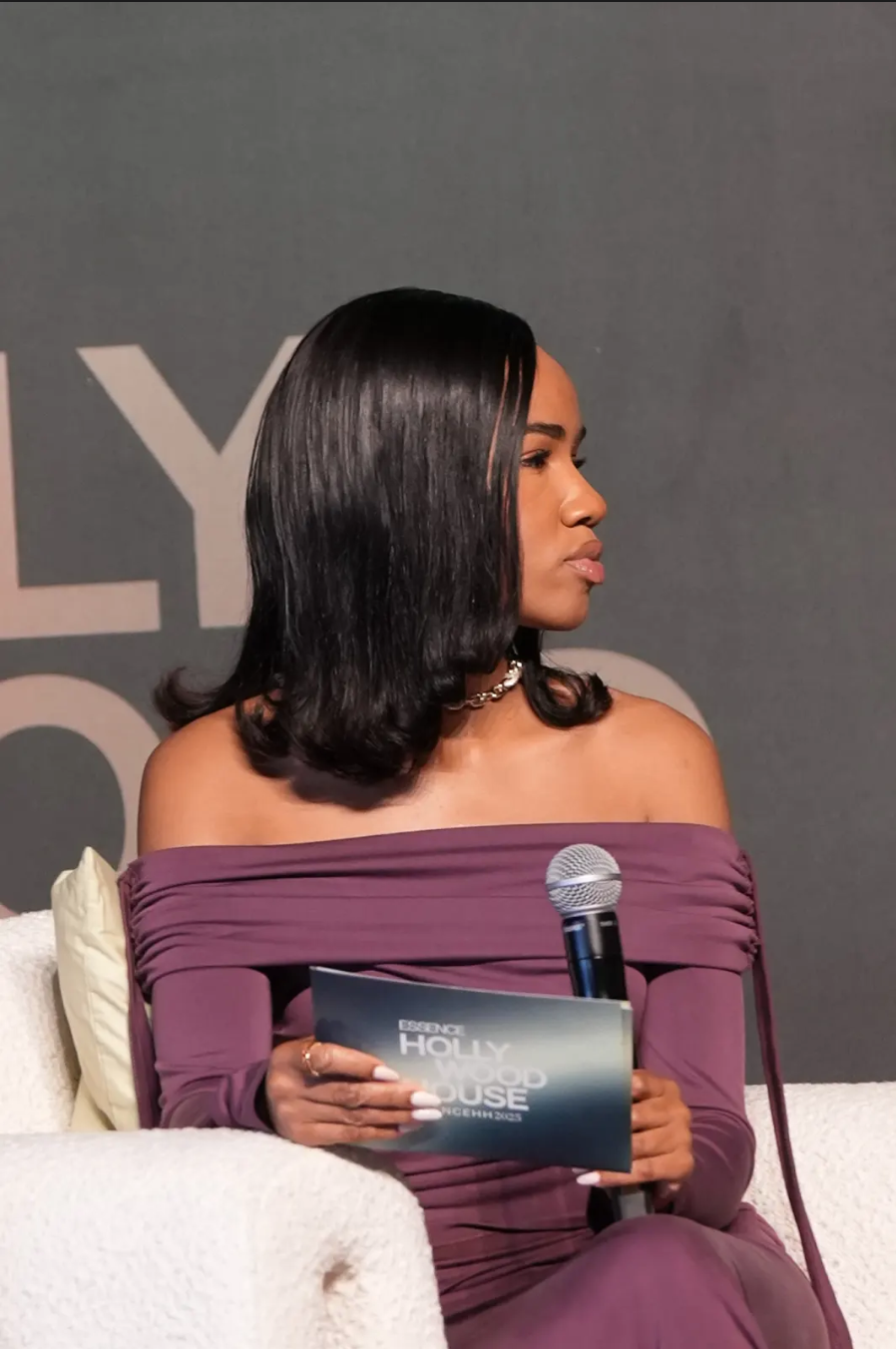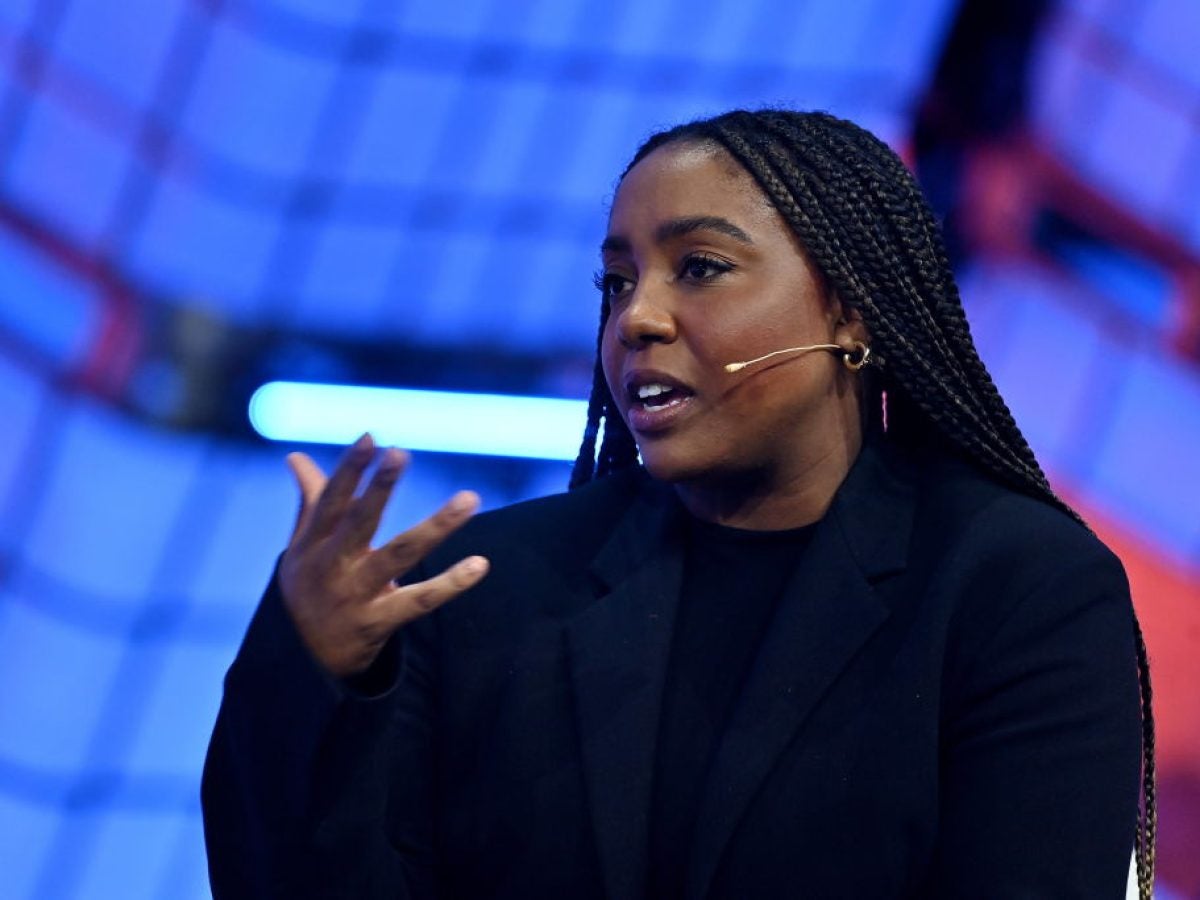
In 1827, formerly enslaved men founded the nation’s first Black-owned newspaper, Freedom’s Journal, in New York. Dedicated to political advocacy and suffrage, it vehemently condemned slavery and lynchings. Led by Senior Editor Samuel E. Cornish and Junior Editor John Brown Russwurm, the venture thrived, reaching readers across 11 states and the District of Columbia. Its financial success, with subscriptions priced at $3 per year and ads between 25 and 75 cents, set a powerful precedent for Black media.
Today, Black-owned outlets like ESSENCE, Blavity, and BLACK ENTERPRISE continue this legacy, amplifying stories that celebrate Blackness and empowering Black journalists. However, the future of journalism faces challenges in the digital age, primarily with financing due to diluted advertising revenues and outdated revenue models. Insights from industry leaders Lindsay Peoples, Editor-in-Chief of TheCut, and Alisa Gumbs, VP and Deputy Chief Content Officer of BLACK ENTERPRISE, highlight the need for a strategic reset to ensure sustainability in the evolving media landscape.
The Necessity and Enduring Legacy of Black-Owned Media
Black-owned media is a cornerstone of cultural identity, shaping narratives and empowering communities through representation and advocacy. From pioneering publications like Freedom’s Journal to modern-day outlets, they play a pivotal role in amplifying Black voices and experiences. Gumbs underscores the weight of this responsibility. “I perceive my role as a custodian of this legacy as exceptionally significant,” she shared. For BLACK ENTERPRISE, that legacy spans the past 54 years.
Still, some critics suggest that the need for such outlets has outlived their usefulness, accusing them of reverse racism or perpetuating self-segregation. Peoples opposes this view. ‘Honestly, it bums me out when I hear people in the industry say they don’t feel like Black-led publications are as important or that they’re no longer needed,’ she said.
Emphasizing the importance of media curated through a Black lens, Peoples draws from her own experience. ‘Growing up, we always had Jet, ESSENCE, and BLACK ENTERPRISE in the house. I remember going with my mom to Ebony Fashion Fair shows. That legacy is important. It will never die,’ Peoples told ESSENCE.
As co-founder of the Black in Fashion Council, Peoples says seeing such representation in fashion and media mattered. It’s a testament to the enduring relevance and impact of Black-owned media in shaping cultural identity and fostering community pride.

Peoples asserts, however, that the presence of Black-centered media doesn’t absolve mainstream outlets of their responsibility. “Institutions that aren’t Black-led also have a duty to report on Black stories,” she emphasizes, “and to deliver exceptional, artistic photography and respectful, elevated storytelling.”
With love and respect also comes constructive criticism. As Black media evolves, it must reflect the increasingly diverse range of Black experiences. This includes celebrating and amplifying different segments of the community, such as those in rural areas, LGBTQ+ individuals, immigrants, and neurodivergent and differently-abled individuals, while also addressing the unique challenges they face. As a champion of Black media, recognizing the intersectionality of race, gender, and class within the Black experience is essential for fostering inclusivity and authenticity in media representation.
Solutions for Black-Owned Media’s Funding Woes
Despite the significant influence, visibility, and profitability of Black culture in media, only 4% of US media is Black-owned. Shrinking ad revenues and precarious backing present significant challenges to funding.
Gumbs underscored this reality, shedding light on the conditional nature of backing and ad dollars allocated: “When you talk about the backlash against DEI, it doesn’t only affect corporate America; it affects Black media,” she said. “The dollars we all saw pouring in after George Floyd and 2020 are not what we’re seeing in 2024.” Her insights highlight the additional volatility Black-owned businesses face in securing sustained support and financial stability amidst shifting social and economic landscapes.
Given this environment, Gumbs emphasizes the importance of diversified revenue streams beyond conventional ad-centric models hinging on site visits: “The industry has historically prioritized traffic, which may no longer yield optimal results.” The diverse avenues through which audiences engage with content in today’s evolving media landscape require a more sophisticated approach to measuring and monetizing interest.
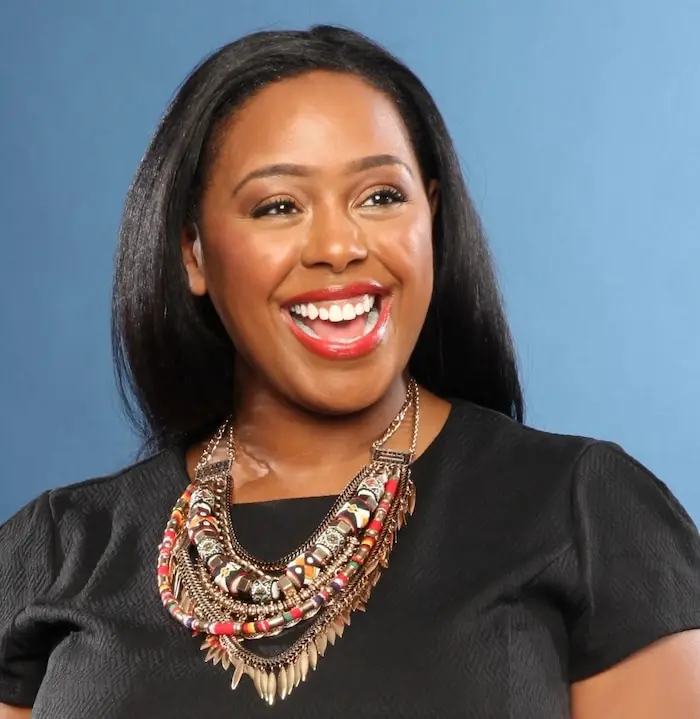
Gumbs says achieving financial stability in this dynamic environment necessitates diversified strategies: “The path forward involves creating experiences and developing journalism products like email newsletters, proprietary research reports, and membership programs.”
Her insights are grounded in expertise. In addition to her strategic content oversight, Gumbs has been instrumental in curating events like the Women of Power and Entrepreneurs Summits. Her guidance, drawn from hands-on experience, offers invaluable perspectives for media platforms grappling with financing challenges.
Social Media, Blogs, and Blurred Lines: Journalism in an Evolving Landscape
News consumption has undergone a profound transformation in recent years. The rise of digital media, social networking, and AI-generated reporting has fostered a growing expectation among consumers for free content.
Moreover, the proliferation of blogs, gossip, and aggregate sites has blurred the traditional lines between journalism and generalized content. While tabloid media has long held its niche in grocery store checkout lanes, the online landscape presents a new challenge. Today, sensationalist headlines and clickbait vie for attention alongside legitimate news sources on social media feeds, search engine results, and news aggregators.
Peoples vividly recalls the aggregation era: “I remember seeing the shift about 15 years ago when everybody pivoted to video. There was a lot of content aggregation. It was aesthetically exciting but didn’t leave much room for original or thoughtful perspective.” Despite the influx of curated content, she emphasizes the importance of prioritizing original reporting, research, and interviews to maintain the integrity and trustworthiness of journalism in the digital age.





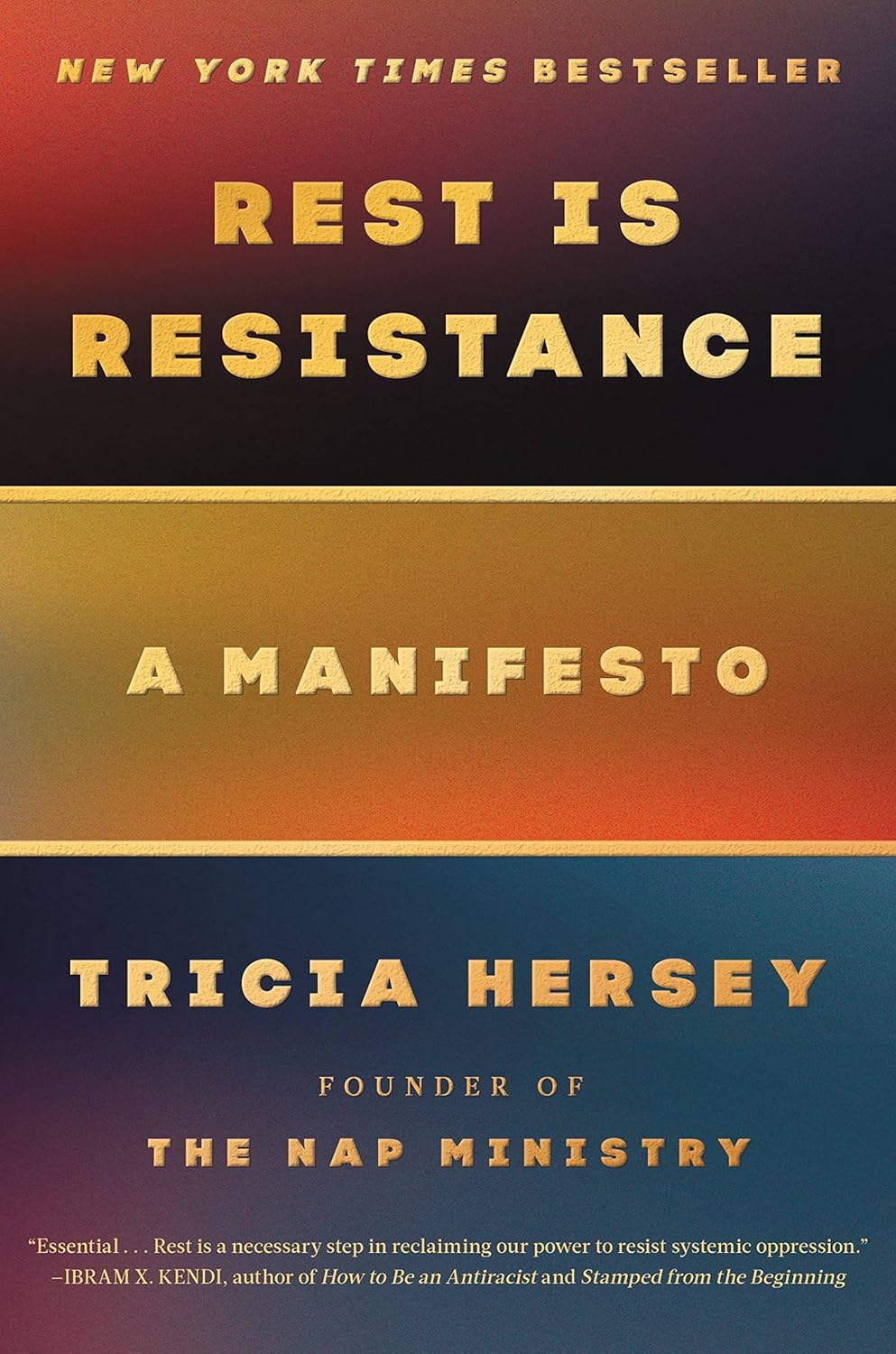

The enduring legacy of Black-owned outlets like Freedom’s Journal continues to shape today’s media landscape. ‘It’s a deeply revered trust that we collectively uphold,’ Gumbs shared with ESSENCE, poetically encapsulating the values held by those working in Black-owned media.
As the journalism industry navigates funding challenges and evolving consumption habits, insights from industry leaders like Gumbs and Peoples illuminate pathways forward. By embracing diversity, innovation, and authenticity, Black-owned media outlets can continue shaping narratives, amplifying voices, and fostering pride in the digital age.





